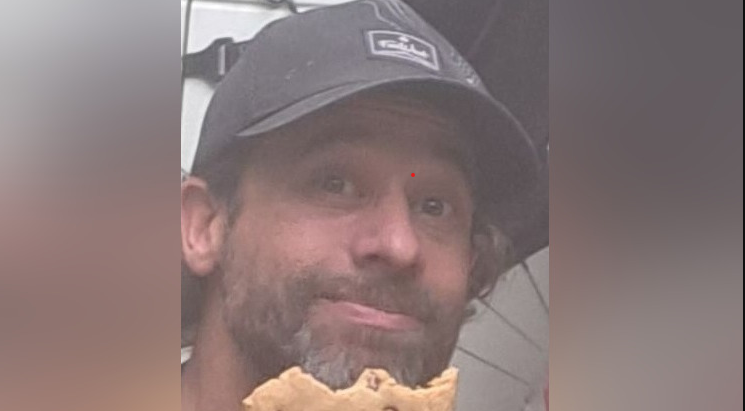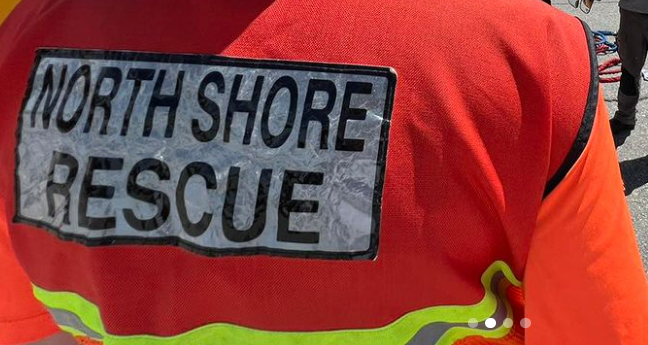COVID-19 outbreak at East Vancouver care home kills one in three residents
Posted December 31, 2020 7:25 pm.
Last Updated December 31, 2020 10:08 pm.
VANCOUVER (NEWS 1130) — Thirty-eight residents have died from COVID-19 at Vancouver’s Little Mountain Place since an outbreak was declared on Nov. 22, according to an update shared with families.
On Dec. 29, Director Angela Millar started by saying on how many people have died or been infected is “often people’s most pressing question,” adding “this is the hardest part of the conversation, so, I’m sorry.” A recording of the Zoom call was provided to NEWS 1130 by a family member.
As of Tuesday’s update, 98 people who live in the East Vancouver care home had contracted the coronavirus. When the outbreak was declared the home had 114 residents, meaning 86 per cent of the seniors there have tested positive. One in three have now passed away.
According to Millar, there are 13 “active” cases among residents, 12 of whom remain at the care home, and one who is in hospital.
Among the 69 staff who contracted the coronavirus, 57 have been “cleared” while 12 remain “active.”
Health officials have not confirmed these numbers, with Vancouver Coastal Health saying they can not comment on active outbreaks. The deadliest outbreak for which details have been confirmed by was at Langley Lodge, where 26 people died. That facility has 139 beds.
RELATED: COVID-19 outbreak at East Vancouver care home claims 31 lives, infects 93 residents
Dr. Andrew Hurlburt, describing some of what he has found when “looking forensically” at the spread of the virus at Little Mountain Place, said the staggering number of infections among both staff and residents were the result of a “perfect storm.”
As is the case with almost all care homes, he said, the outbreak started with staff working “before they recognize symptoms.” Although not giving a number, he said the initial exposure was “large” with “a number of people working with a lot of people early on during their infectious periods.”
The highly contagious nature of COVID-19, the scale of the initial exposure and subsequent staff shortage, combined with “imperfect” PPE practices caused the rapid spread.
“This is probably best explained by just ongoing exposure with conventional means of transmission as far as we understand,” he said in response to questions about why this home has been so hard-hit.
“This left us in a place at the beginning of December where we had a number of residents who were positive, and we had a number of staff who were off sick. And this then led to something that we see a lot in healthcare, which is ‘presenteeism’ — where people feel really compelled to come to work to help out,” he explained.
“They push through things that they would otherwise maybe pay a little more attention to, things like fatigue. Or they explain away muscle aches and pains because you know they’ve been working double shifts for ten, 12, 14 days in a row. And then they would, it turns out, have COVID-19 and in retrospect, these people would be found to have been working for four or five days during their infectious period, which then would amplify the exposure.”
He said the spread has slowed with a return to adequate staffing levels, a reduction in the number of workers coming in with mild symptoms, and identification of cases among staff who were asymptomatic.
“We’ve seen a significant decrease,” he said.
Elaborating on the issues with PPE, Hurlburt said “inadvertent breaches” led to “incidental transmission.” There was not a failure to use equipment while providing care, according to Hurlburt. Nor was there any issue with “donning and doffing,” that is safely putting it on and taking it off.
“There were still ongoing breaches that happen with everyone that learns a new skill. And so these are more muscle memory things and inadvertent breaches where people, maybe adjust their mask, and they touch their mask, they touch their face, they touch their phone they bring their phone up to their face, and a number of sort of incidental transmissions that we see in all long term care facilities early on,” he said.
“A lot of the staff were familiar with the PPE processes. But what we’ve seen is that familiar really isn’t good enough.”
Updates on numbers are not provided in writing to families, but only through weekly Zoom calls. Several family members who have contacted NEWS 1130 say they are concerned about what they describe as a lack of transparency. These family members have also said they do not think the home has given them an adequate explanation of how and why so many of their loved ones became sick.
No one from Little Mountain Place has agreed to provide a comment or interview.








